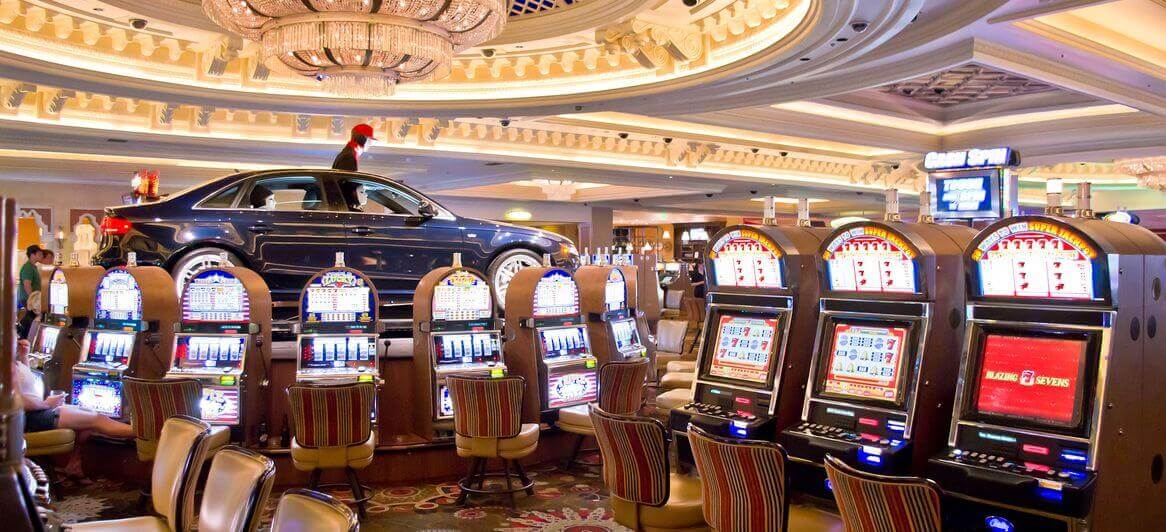When it comes to casino games, slot machines are often seen as the most popular and lucrative. But can casinos actually control the outcomes of these games? In this article, we’ll explore the technology behind slot machines and whether or not casinos have the ability to manipulate them.
Table of Contents
The Role of RNGs
At the heart of every slot machine is a computer program known as a random number generator (RNG). The RNG is responsible for generating a sequence of random numbers that determine the outcome of each spin. Each number corresponds to a symbol on the reels, and when a player presses the spin button, the machine uses these numbers to determine which symbols will appear on the reels.
The use of RNGs ensures that each spin is completely random and independent of previous spins. This means that there is no way for casinos to control the outcomes of individual spins.
Regulations and Audits
In order to ensure that slot machines are fair and 메이저놀이터, they are subject to strict regulations and audits. These regulations vary from state to state and country to country, but generally, they require that slot machines meet certain standards for fairness and randomness.
One common requirement is that slot machines have a minimum payback percentage. This means that over time, the machine must pay back a certain percentage of the money that players have wagered on it. For example, a machine with a payback percentage of 95% must pay back 95 cents for every dollar that is wagered on it.
In addition to these regulations, slot machines are also subject to regular audits by third-party testing companies. These companies test the machines to ensure that they are operating correctly and that the outcomes are truly random.
Can Casinos Change the Payback Percentage?
While casinos cannot control the outcomes of individual spins, they do have some control over the payback percentage of their machines. The payback percentage is the percentage of the total amount of money that a slot machine will pay back to players over time.
The payback percentage is determined by the machine’s programming, which is set by the manufacturer. However, casinos can choose to set the machines to pay back a lower or higher percentage than the manufacturer’s setting.
For example, if a machine has a payback percentage of 95%, a casino could choose to set it to pay back 90% instead. This would mean that over time, the machine would pay back less money to players.
However, changing the payback 메이저놀이터 of a machine is not something that casinos can do on a whim. They must follow strict regulations and submit paperwork to the appropriate regulatory bodies in order to make any changes.

The Role of Volatility
Another factor that can affect a player’s chances of winning on a slot machine is volatility. Volatility refers to how often a machine pays out and how much it pays out.
A machine with high volatility will pay out less frequently, but the payouts will be larger. A machine with low volatility will pay out more frequently, but the payouts will be smaller.
Casinos can choose to set their machines to have higher or lower volatility, depending on their goals. Machines with high volatility may attract players who are looking for the chance to win big, while machines with low volatility may appeal to players who prefer to have more frequent, but smaller, payouts.
Conclusion
In conclusion, while casinos cannot control the outcomes of individual spins on slot machines, they do have some control over the payback percentage and volatility of their machines. However, they are subject to strict regulations and audits to ensure that the machines are fair and unbiased. As a player, it is important to be aware of the payback percentage and volatility of the machines you are playing in order to make informed decisions about your gambling.

